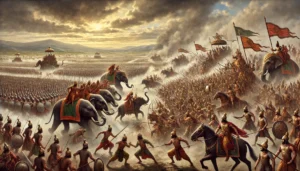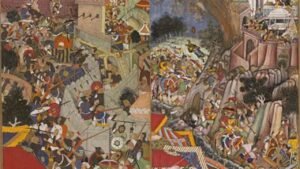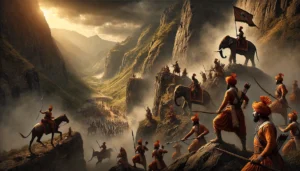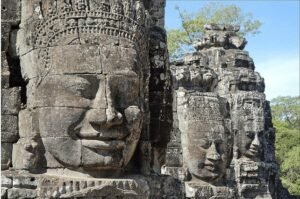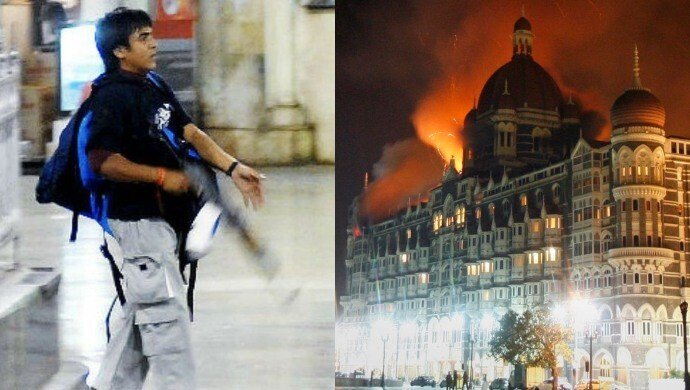
The 26/11 Mumbai Attacks: A Dark Day in India’s History
The 26/11 Mumbai attacks, also known as the Mumbai terror attacks, was one of the worst terror attacks in the history of India. In a series of coordinated terrorist assaults that shook the financial capital of India, Mumbai, from November 26 to 29, 2008. These attacks, orchestrated by the Pakistan-based terrorist organization Lashkar-e-Taiba, left an indelible mark on India’s psyche, resulting in the deaths of 166 people and injuring over 300. This article delves into the events of those tragic days, the response from Indian authorities, and the lasting impact on India and the world.
The Events of 26/11
On the evening of November 26, 2008, ten heavily armed terrorists arrived in Mumbai via sea routes, launching a multi-pronged attack on various high-profile locations across the city. Their targets included:
- The Taj Mahal Palace Hotel: A symbol of luxury and heritage, the hotel was besieged by two terrorists who held the premises under siege for more than 60 hours, resulting in a horrific fire that consumed the building.
- The Oberoi Trident Hotel: Another five-star hotel that faced a similar fate, where terrorists opened fire indiscriminately, killing numerous guests and staff.
- Leopold Cafe: A popular spot among tourists, the cafe was one of the first places to be attacked, with the terrorists opening fire on diners.
- Chhatrapati Shivaji Maharaj Terminus (CST): The bustling railway station saw two gunmen open fire on commuters, causing widespread panic and numerous casualties.
- Nariman House (Chabad House): A Jewish community center where hostages were taken, including a rabbi and his family. The situation ended tragically with the death of the hostages.
- Cama Hospital: An unsuspecting target, the hospital saw two terrorists launch an assault that led to the death of several people, including police officers.
The terrorists exhibited a high level of coordination, armed with AK-47s, grenades, and explosives, and they were trained to prolong the siege and maximize casualties. The attacks were meticulously planned, with the terrorists receiving real-time instructions from their handlers in Pakistan.
The Catastrophic Assault and Its Unyielding Aftermath
A Night of Horror
The attacks commenced with shootings at CSMT and Leopold Café, causing mass panic and fatalities. The militants split into groups, targeting locations symbolizing Mumbai’s prosperity and diversity. The assault on the Taj Mahal Palace Hotel was particularly brutal, with terrorists taking hostages and battling security forces over three harrowing days.

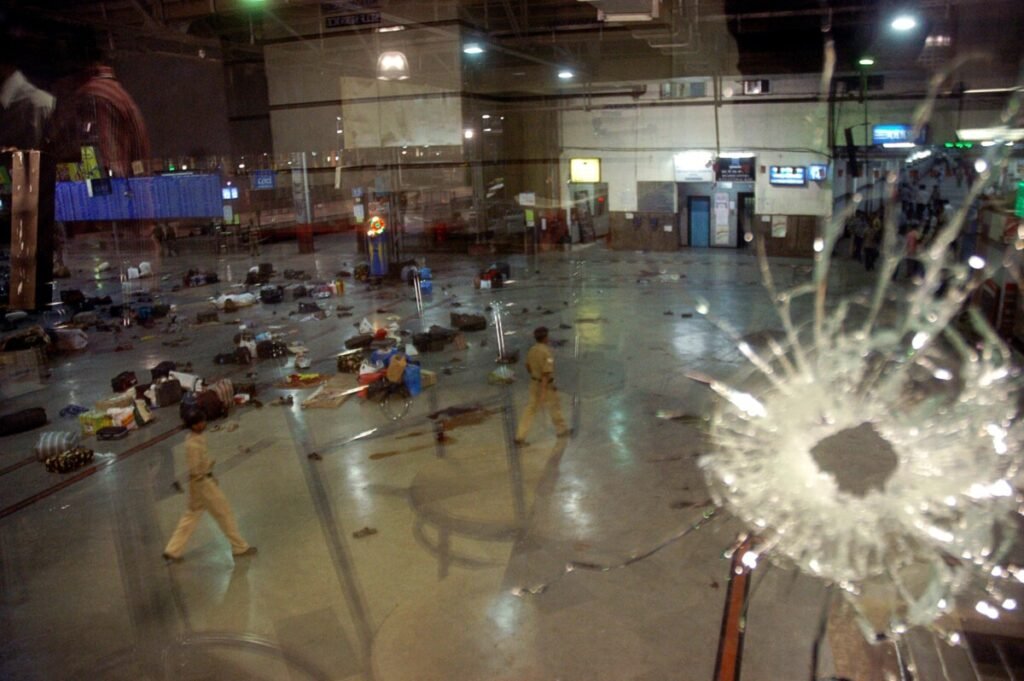
A City Under Siege: The Taj Mahal Palace Hotel
The Taj Mahal Palace Hotel became the focal point of the attacks, with terrorists laying siege to the hotel, taking hostages, and setting parts of the building on fire. Despite the terror, the hotel staff displayed exceptional bravery. Employees, including chefs and waiters, prioritized guest safety, guiding them to safe areas even as explosions and gunfire raged around them. Their selflessness saved many lives.

Heroes of the Hour
Several heroes emerged during these tragic events. Major Sandeep Unnikrishnan of the National Security Guard (NSG) led his team in the operation to rescue hostages at the Taj, sacrificing his life in the process. Hemant Karkare, the chief of Mumbai’s Anti-Terrorism Squad (ATS), along with officers Vijay Salaskar and Ashok Kamte, also died in the line of duty while engaging terrorists near Cama Hospital. Their valor was a testament to the courage of those who stood against overwhelming odds.
The Resilient Spirit of Mumbai
Despite the terror that gripped the city, the resilience and solidarity of Mumbai’s citizens stood out. Ordinary Mumbaikars stepped up to help those in need—taxi drivers transported victims to hospitals for free, and residents opened their doors to strangers who were stranded due to the chaos. This spirit of unity and resilience became a defining feature of Mumbai’s response to the attacks.
Global Repercussions and India’s Response
The 26/11 attacks had significant international ramifications. They exposed the global nature of the terrorist threat and strained India-Pakistan relations, as it was revealed that the attackers were Pakistani nationals. In response, India overhauled its security apparatus, leading to the creation of the National Investigation Agency (NIA) and an enhancement in coastal security measures to prevent such incidents from recurring. The attacks also spurred international cooperation in counter-terrorism efforts, highlighting the need for better intelligence sharing.
The Long Road to Justice
The lone surviving terrorist, Ajmal Kasab, was captured by the Mumbai police, and his subsequent trial became a focal point for the nation’s demand for justice. Kasab’s trial and execution in 2012 were seen as a necessary closure for many, though the memories of 26/11 remain deeply etched in the collective consciousness of the nation. The attacks also raised critical questions about the efficiency of India’s intelligence and security mechanisms, leading to widespread reforms.
A Legacy of Vigilance
The 26/11 attacks fundamentally altered the way India approaches internal security and counter-terrorism. They served as a wake-up call, leading to more robust security measures and a greater emphasis on intelligence gathering and inter-agency coordination. The legacy of 26/11 is a somber reminder of the threats that persist, but also a testament to the resilience of a city and a nation that refuses to succumb to fear.
The 26/11 Mumbai attacks were not just an assault on a city; they were an attack on the values of democracy and freedom that India cherishes. The courage displayed by ordinary citizens, the sacrifices made by security personnel, and the resilience shown by the entire nation in the face of such adversity continue to inspire and remind the world of the indomitable human spirit.

